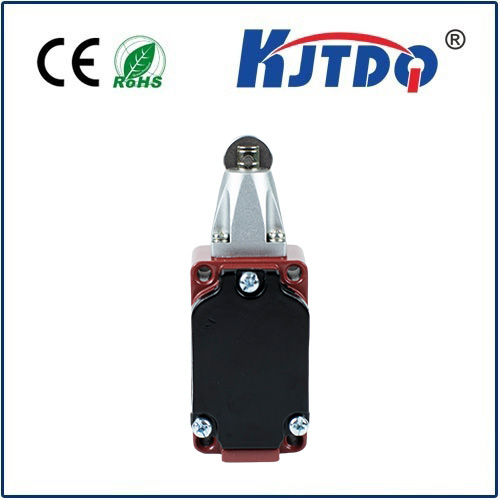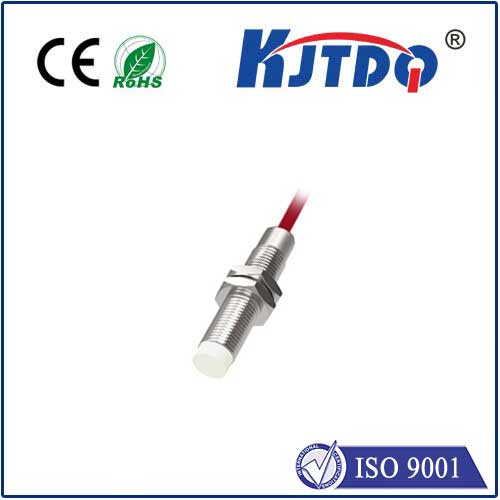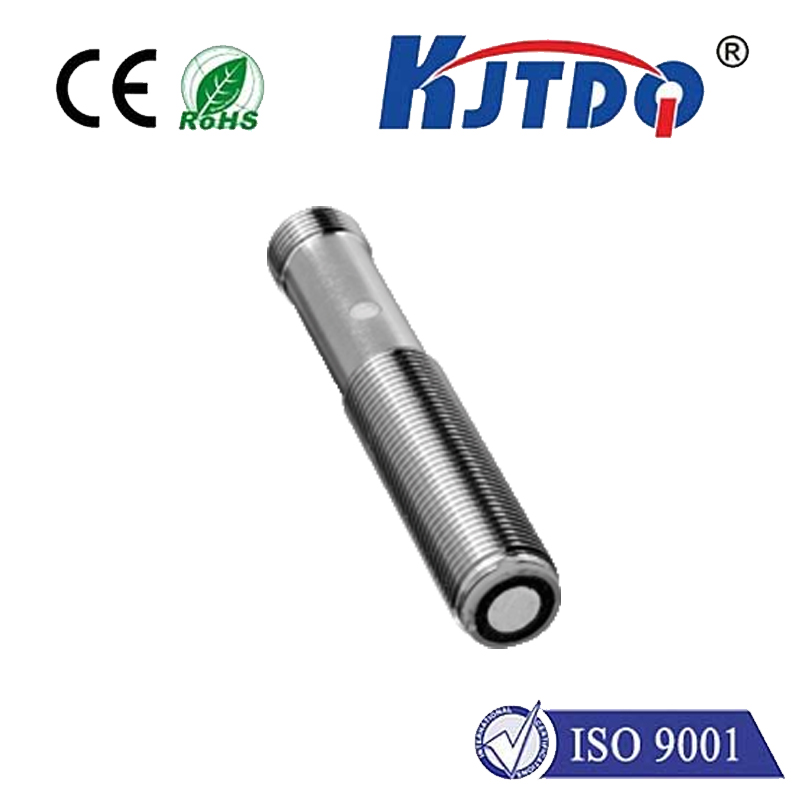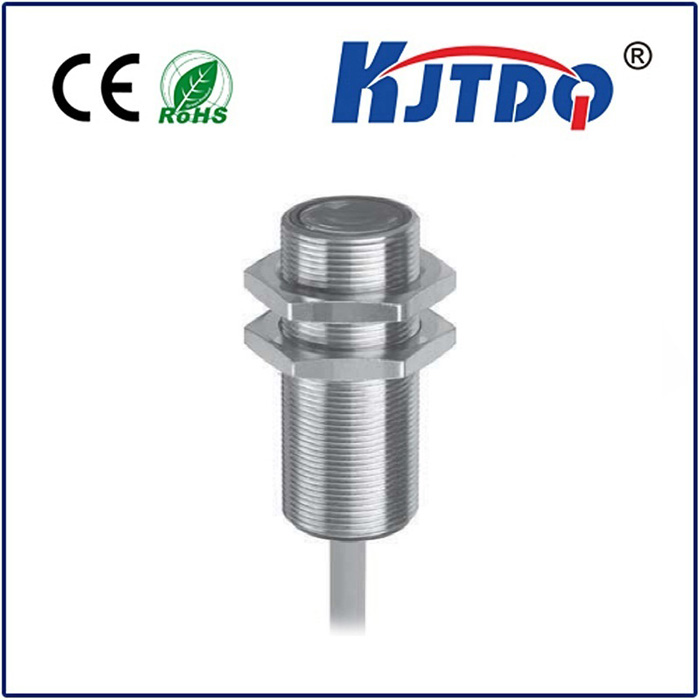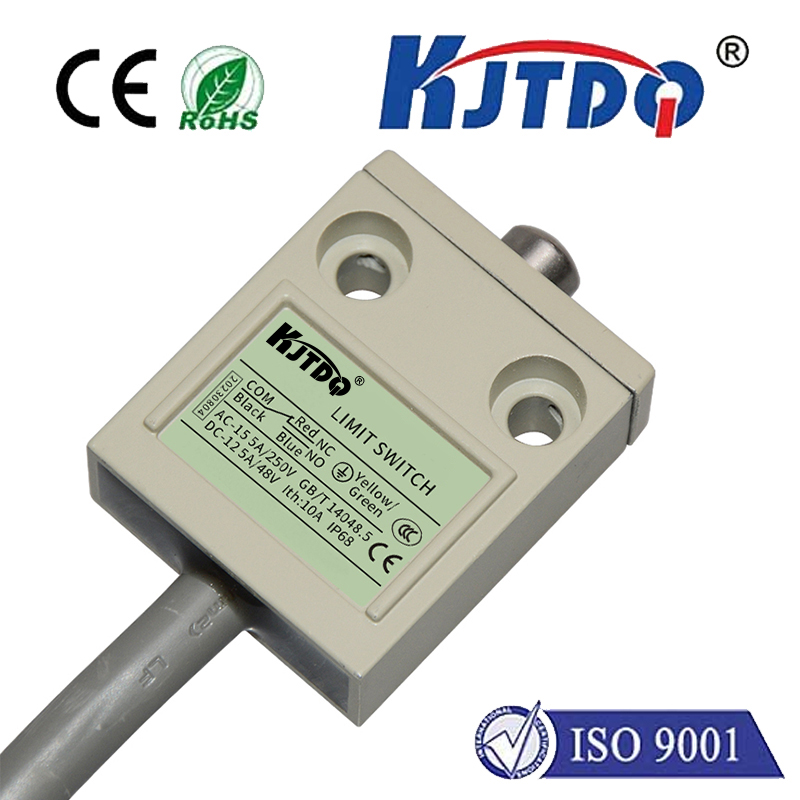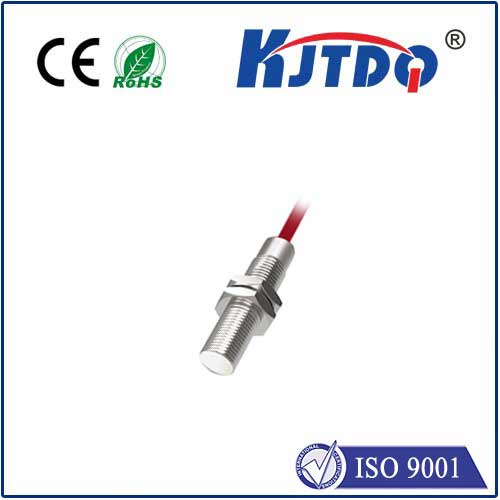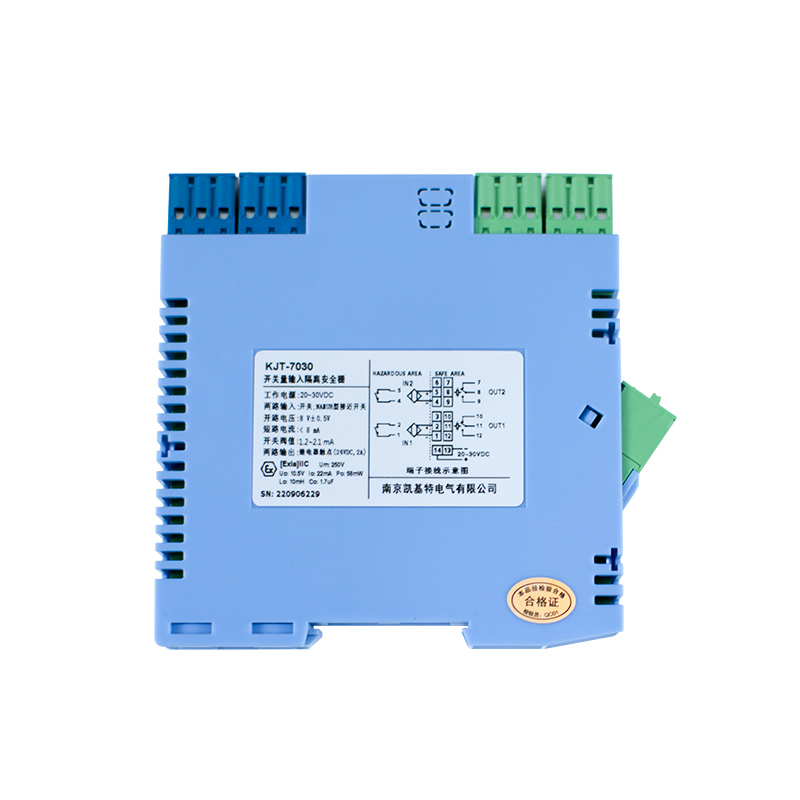fiber-optic sensors
- time:2025-09-11 05:53:41
- Click:0
Beyond the Glow: How Fiber-Optic Sensors Are Revolutionizing Measurement
Forget the bulky gauges and fragile wires of yesteryear. Imagine a sensing technology so versatile it can monitor the structural integrity of a massive bridge in real-time, guide delicate surgical instruments deep within the human body, or operate flawlessly inside a searing jet engine or amidst intense electromagnetic chaos. This isn’t science fiction; it’s the tangible reality enabled by fiber-optic sensors. Far more than just conduits for high-speed data, these slender strands of glass or plastic are transforming how we perceive and measure the physical world, offering unprecedented precision, resilience, and intelligence across countless industries.
Shedding Light on the Principle: Core Functionality
At their core, fiber-optic sensors leverage the fundamental properties of light traveling through an optical fiber. When external stimuli – like temperature changes, pressure, strain, vibration, or the presence of specific chemicals – interact with the light pulse inside the fiber, they induce measurable alterations in its characteristics. These changes can include:
- Intensity: The brightness of the light signal diminishes under specific conditions.
- Phase: The timing of light wave peaks and troughs shifts relative to each other.
- Wavelength: The color (or frequency) of the light can change.
- Polarization: The orientation of light waves can be rotated.
Sophisticated instrumentation at one end of the fiber detects these subtle modulations. By analyzing how the light has been altered, the system can precisely quantify the physical parameter causing the change. Essentially, the fiber itself becomes the sensor.

Key Advantages Driving Adoption
Why are fiber-optic sensors rapidly displacing traditional electronic sensors in demanding applications? Their unique attributes provide compelling advantages:
- Electromagnetic Immunity (EMI/RFI Immunity): Constructed from dielectric materials (glass/plastic), these sensors are inherently immune to electromagnetic interference and radio frequency noise. This makes them indispensable in high-voltage environments (power grids), near heavy machinery, in MRI suites, and aerospace applications where electronic sensors fail or provide corrupted data.
- Intrinsic Safety: They generate no electrical sparks and operate using low optical power. This critical safety feature allows their deployment in potentially explosive atmospheres (oil & gas refineries, mines, chemical plants) where even a tiny spark could be catastrophic.
- Minimal Size and Weight: Optical fibers are incredibly thin (often similar in diameter to a human hair) and lightweight. This enables embedding within composite materials (aircraft wings, wind turbine blades), placement in confined spaces (medical catheters, machinery internals), and deployment with minimal structural impact.
- High Sensitivity and Accuracy: Capable of detecting minute changes in parameters like strain or temperature with remarkable precision, often surpassing traditional methods.
- Long-Distance Operation & Multiplexing: Signals can travel tens of kilometers with minimal loss, enabling remote monitoring over vast areas (pipelines, borders, large structures). Furthermore, multiple sensors can be placed along a single fiber cable (distributed sensing or multiplexed point sensors), drastically reducing cabling complexity and cost compared to running individual wires for each sensor point.
- Corrosion and Harsh Environment Resistance: Glass fibers are chemically inert and robust, capable of functioning in extreme temperatures (both high and cryogenic), high pressures, corrosive atmospheres, and even underwater.
- Electrical Isolation: The non-conductive nature provides complete electrical isolation between the measurement point and the readout instrumentation, enhancing safety and simplifying installation in electrically noisy or hazardous locations.
Diverse Sensing Configurations
The flexibility of fiber-optic sensing manifests in several configurations:
- Point Sensors: Measure at specific, discrete locations along the fiber. Examples include Fiber Bragg Gratings (FBGs), which reflect specific wavelengths of light that shift with strain/temperature, and Fabry-Perot interferometric sensors for pressure or strain.
- Quasi-Distributed Sensors (Multiplexed Point Sensors): Utilize arrays of point sensors (like multiple FBGs) inscribed at known intervals along a single fiber. Each sensor has a unique “signature” wavelength, allowing individual interrogation.
- Distributed Sensors: The entire length of the fiber acts as a continuous sensor. Techniques like Optical Time Domain Reflectometry (OTDR) and Rayleigh, Brillouin, or Raman scattering analysis enable measurement of parameters like temperature or strain every meter (or even centimeter) along tens of kilometers of fiber. This is transformative for applications like pipeline leak detection, structural health monitoring (SHM) of bridges/dams/tunnels, or perimeter security.
Illuminating Applications Across Industries
The unique capabilities of fiber-optic sensors unlock solutions in diverse fields:
- Oil & Gas: Downhole pressure/temperature monitoring in wells, pipeline integrity monitoring (leak detection, strain), tank level gauging, and distributed temperature sensing (DTS) for flow assurance in subsea pipelines – all operating safely in explosive environments.
- Civil Engineering & Infrastructure: Continuous structural health monitoring of bridges, dams, skyscrapers, tunnels, and historical buildings. Detecting strain, vibration, cracks, and settlement in real-time enables predictive maintenance and prevents catastrophic failures. Monitoring geotechnical structures (embankments, landslides).
- Power & Utilities: Temperature monitoring of high-voltage power cables, transformers, and generators (crucial for preventing fires and optimizing load). Monitoring strain on overhead transmission lines and in switchgear.
- Aerospace: Embedding sensors within composite airframe structures to monitor strain, temperature, and impact damage during flight and testing. Monitoring engine health parameters in extreme thermal environments.
- Medical & Biotechnology: Precise temperature monitoring during cancer treatments (hyperthermia, RF ablation), pressure sensing in catheters, minimally invasive surgical tool guidance, and biosensors detecting specific molecules or pathogens. Their small size and EMI immunity are key enablers.
- Industrial Manufacturing: Process control (temperature, pressure), structural monitoring of industrial machinery, quality control during composite curing, and vibration analysis for predictive maintenance.
- Security: Intrusion detection systems utilizing distributed acoustic sensing (DAS) along perimeters, pipelines, or borders, capable of distinguishing footsteps, digging, or vehicles over long distances.
- Environmental Monitoring: Subsea seismic sensing, distributed temperature sensing for environmental studies, and monitoring groundwater or soil contamination.
The Future is Bright
Fiber-optic sensor technology continues to evolve rapidly. Advances in photonics, materials science, and signal processing algorithms are pushing the boundaries of sensitivity, spatial resolution, and affordability. Integration with the Internet of Things (IoT) platforms and artificial intelligence (AI) for data analytics is creating smarter, more autonomous monitoring systems capable of predictive insights.
From safeguarding critical infrastructure to enabling breakthroughs in healthcare and optimizing industrial processes, fiber-optic sensors provide a unique lens through which we can perceive and interact with our physical environment. Their inherent advantages – immunity, safety, durability, and precision – position them not just as an alternative, but often as the only viable solution for the most challenging measurement tasks. As innovation continues, their light will guide us towards an increasingly monitored, understood, and ultimately, safer world.






